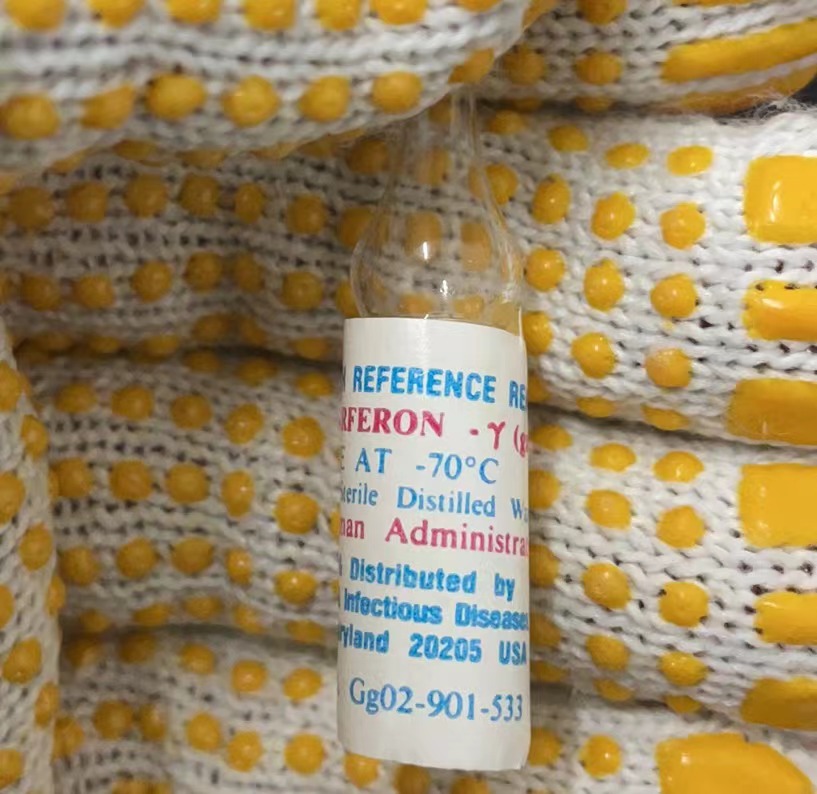NR-19619?? Yersinia pestis, Strain KIM, Gateway? Clone Set, Recombinant in Escherichia coli, Plate 23(Clones)|Yersinia pestis|Yersinia pestis, Strain KIM, Gateway? Clone Set, Recombinant in Escherichia coli, Plate 23|-80°C or colder|Pathogen Functional Genomics Resource Center at the J. Craig Venter InstituteAcknowledgment for publications should read "The following reagent was obtained through BEI Resources, NIAID, NIH: Yersinia pestis, Strain KIM, Gateway
? Clone Set, Recombinant in Escherichia coli, Plate 23, NR-19619."|Quantity limit per order for this item is 1. This item can be ordered twice a year. Orders over this limit will be sent to NIAID for approval before shipment.The Yersinia pestis (Y. pestis), strain KIM, Gateway
? clone set consists of 43 plates (plate 2 of this clone set has been discontinued) which contain more than 3600 sequence validated clones from Y. pestis, strain KIM cloned in Escherichia coli (E. coli) DH10B-T1 cells. Each open reading frame was constructed in vector
pDONR?221 (Invitrogen?) with an ATG start codon and a TAG stop codon. The sequence was validated by full length sequencing of each clone with greater than 1X coverage and a mutation rate of less than 0.2%. Information related to the use of Gateway
? Clones can be obtained from
Invitrogen?. Recombination was facilitated through an attB substrate (attB-PCR product or a linearized attB expression clone) with an attP substrate (pDONR?221) to create an attL-containing entry clone. The entry clone contains recombinational cloning sites, attL1 and attL2 to facilitate gene transfer into a destination vector, M13 forward and reverse priming sites for sequencing and a kanamycin resistance gene for selection. Please refer to the Invitrogen?
Gateway? Technology Manual for additional details.Each inoculated well of the 96-well plate contains approximately 60 ?L of E. coli culture (strain DH10B-T1) in Luria Bertani (LB) Broth containing 50 ?g/mL kanamycin supplemented with 15% glycerol.Note: Production in the 96-well format has increased risk of cross-contamination between adjacent wells. Individual clones should be purified (e.g. single colony isolation and purification using good microbiological practices) and sequence-verified prior to use. BEI Resources cannot confirm or validate any clone not identified on the plate information table found on the Product Information Sheet.


